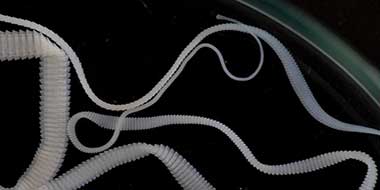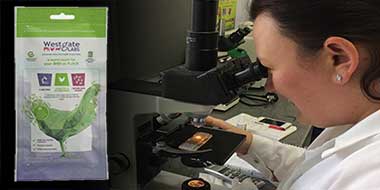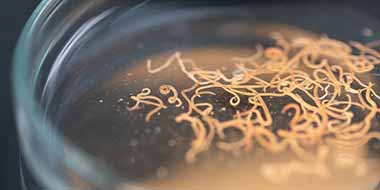Gizzard Worm or Amidostomum Anseris are thin worms about 2cm long that predominantly affect geese. Infestations occur directly by birds eating eggs passed out in droppings, so they are most likely to occur when geese are kept on the same pasture.
Gizzard Worm is probably the most common form of problem in young geese as older geese build resistance. Gizzard worm can cause serious damage to geese and is the most common form of death in goslings.
[note style=”warn” show_icon=”true”]If you are buying Goslings, always check if the seller has wormed them. If in doubt, worm them when you receive them.[/note]
Regular handling of goslings is highly recommended. Not only does this get them used to being handled, but it also allows you to ensure they are the correct weight. They should feel plump and heavy. Gizzard worm literally stops the bird from digesting its food in the gizzard, so they slowly lose weight and starve to death.
Signs and symptoms
Young geese lose condition, stop putting on weight and start to lose weight. They will eventually waste away if left untreated.
Treatment
Prevention is better than cure. Keeping geese on fresh pasture and worming them regularly should prevent Gizzard worms. Pay particular attention to worming young goslings around 12 weeks. As with all internal parasites, many treatments will kill these worms, including Leamisole and Panacur (speak to your vet about these) Flubenvet is available off the shelf without prescription and is licensed for Geese, unlike other treatments but can be tricky to give to geese that are eating a lot of grass.




